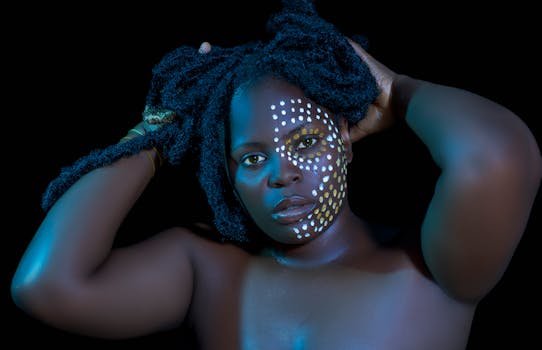
The Profound Impact of African Art on Western Modernism
Takeaways: African art has played a pivotal role in the evolution of Western modernism, inspiring artists to break away from traditional forms and embrace abstraction, symbolism, and new perspectives. This article delves into the historical context, key artists, and movements influenced by African aesthetics, demonstrating the enduring legacy of African art in the modern art world.
From the early 20th century onward, the art world underwent a radical transformation, with many Western artists looking beyond their cultural confines for inspiration. Among these influences, African art emerged as a powerful force, reshaping the very foundations of modern art. In this article, we will explore the profound impact of African art on Western modernism, focusing on its historical context, key figures, and the resulting artistic movements.
The Historical Context of African Art and Western Modernism

During this period, many Western artists encountered African art through exhibitions, colonial artifacts, and cultural exchanges. The 1900 Exposition Universelle in Paris showcased various forms of African art, capturing the attention of prominent artists such as Pablo Picasso and Henri Matisse. These encounters prompted a reevaluation of artistic norms and challenged the prevailing Eurocentric perspectives on beauty and form.
One of the most significant aspects of African art that intrigued Western artists was its abstraction and emphasis on symbolism. Unlike the realistic representations common in Western art, African art often utilized stylized forms, bold colors, and intricate patterns to convey deeper meanings. This departure from realism resonated with artists seeking new ways to express their thoughts and emotions, leading to the emergence of various modernist movements.
Key Artists and Movements Influenced by African Art

Henri Matisse, another leading figure of modernism, also drew inspiration from African art. His use of vivid colors and bold shapes in works like “The Dance” showcases the influence of African aesthetics, further highlighting the connection between these two artistic realms.
Beyond individual artists, African art’s impact can be seen in broader movements such as Expressionism and Surrealism. Artists such as Wassily Kandinsky and André Breton embraced the emotional and spiritual dimensions of African art, using it as a means to explore their inner worlds and challenge conventional narratives.
Furthermore, the African diaspora brought forth new artistic expressions, as artists from African backgrounds contributed to the modernist discourse. The Harlem Renaissance, for example, celebrated African cultural heritage and its significance in shaping modern art, literature, and music, creating a rich tapestry of creativity that resonated with the broader modernist movement.
Conclusion







